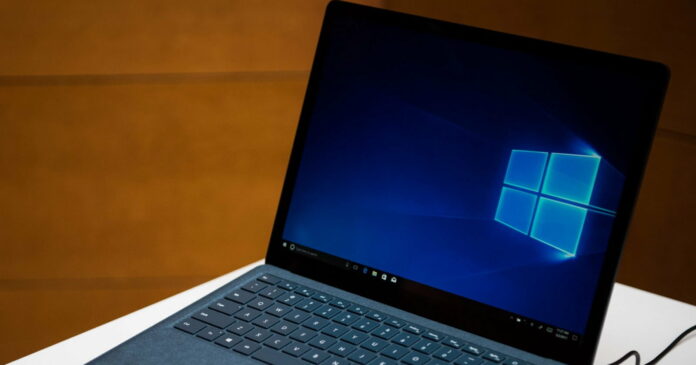Windows 10 has been around for almost nine years and continues to enjoy the status of the most used Windows operating system currently. Microsoft previously announced the end of support date for Windows 10 and even showed popups to upgrade to Windows 11.
Recently, Microsoft updated its official support page, which details the end of support for Windows 10, Windows 8.1, and Windows 7. The other two are already gone, but Windows 10 is still going strong. For those unaware, Windows 10 will reach its end of support on October 16, 2025.
The official page mentions everything about the end of support and how it will impact users. It is a well-crafted web page that informs you about the caveats of not upgrading and how it can impact your system’s security.
In addition, there are other sections about Windows 11’s features, a comparison between the two operating systems, and where to buy a new Windows PC. It even requests you to use OneDrive to keep your files safe.

After Windows 10 support is withdrawn, your PC will become more susceptible to malware and security exploits because Microsoft will stop releasing updates. You won’t receive feature upgrades either. However, there is a solution.
If you dearly love Windows 10, you can opt for the Extended Security Updates (ESU) program, which ensures security and critical updates. Sadly, it doesn’t include the feature updates you usually would get despite paying additional money to maintain the operating system.
Microsoft hasn’t revealed the pricing for the ESU program and plans to do so when the end-of-support date arrives. But why are users still on Windows 10?
Upgrading to Windows 11 is not easy
Windows 11’s system requirements have made some older Windows 10 PCs obsolete. Due to a lack of hardware components like TPM, Secure Boot, and UEFI, many users cannot upgrade to Windows 11.
There are many workarounds to bypass the system requirements, even official ones, and overall performance isn’t dramatically different on unsupported PCs.
Buying a new PC to migrate to a new OS version isn’t feasible for everyone when the current version can handle all the programs without any problems. Some users are frustrated with Windows 11’s instability, excessive AI addition, design changes like locked taskbar, inconsistent fonts, etc.
StatCounter’s report shows that nearly 70 percent of Windows users are still on Windows 10, and the numbers aren’t declining as Microsoft hoped. Maybe the new Copilot+ PCs can finally convince Windows 10 users to make the switch.
